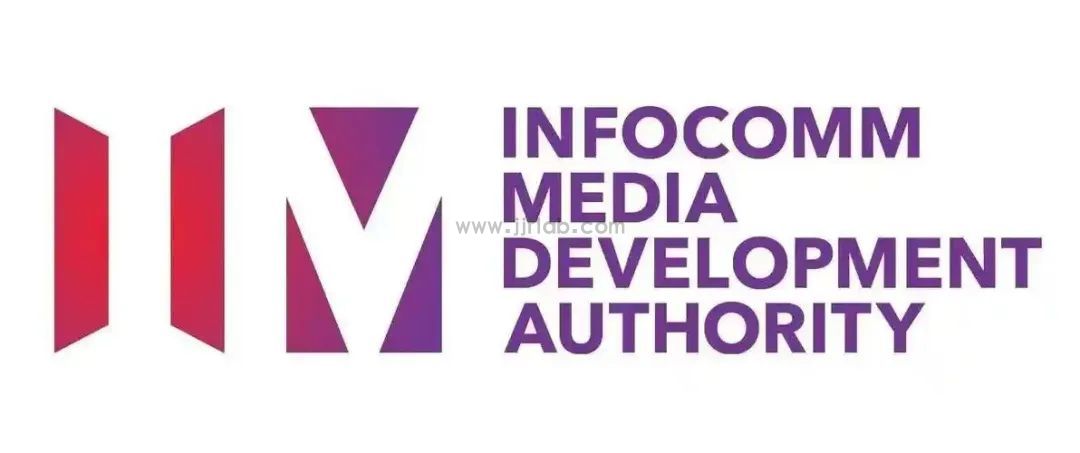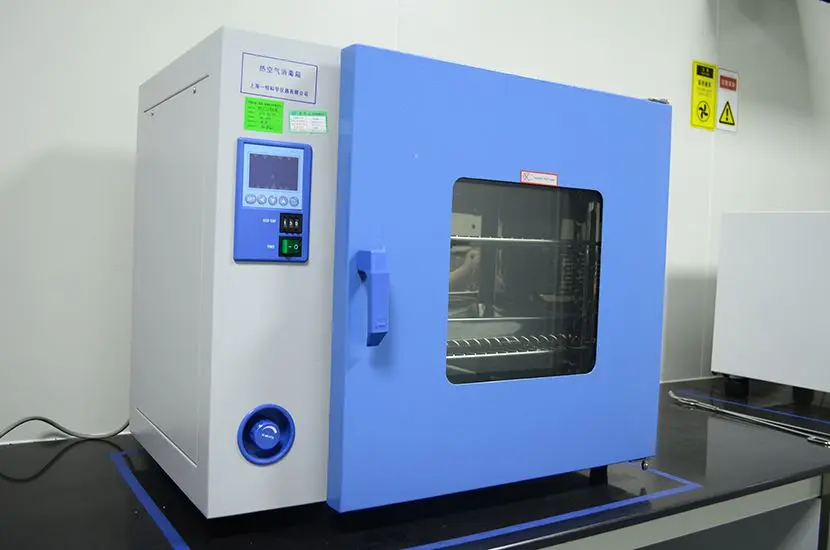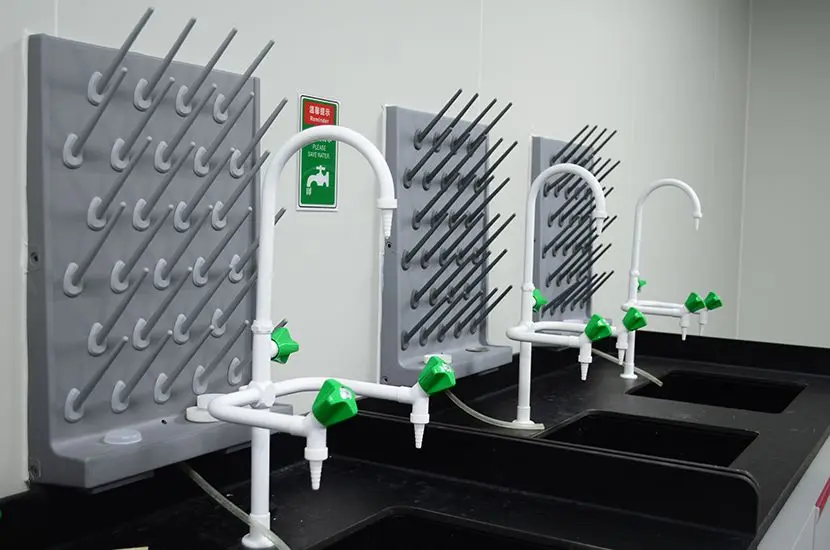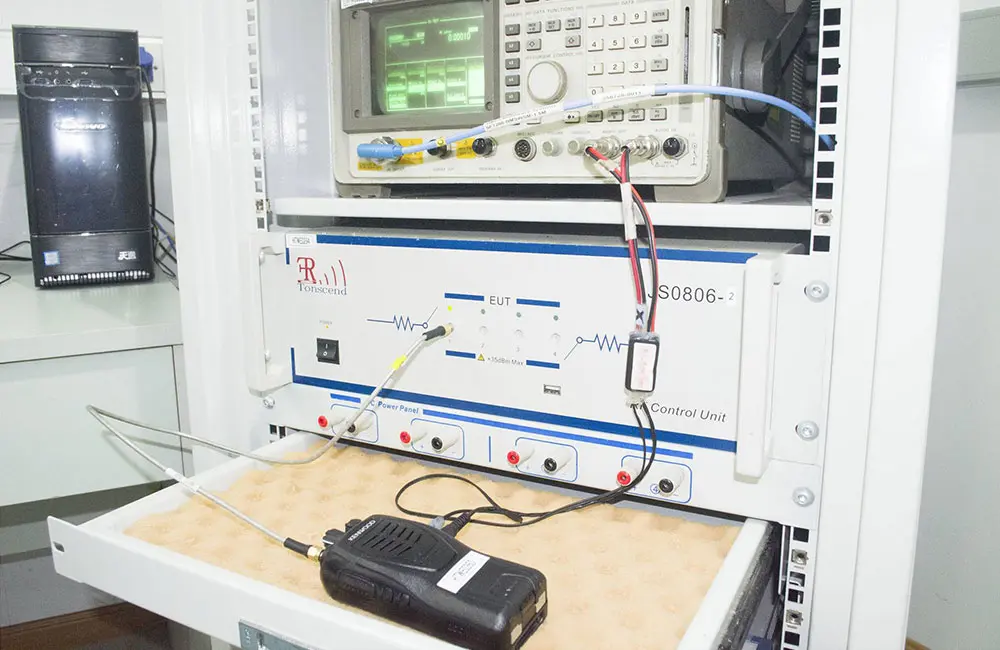
TEMU EU GPSR Compliance + EU Responsible Person
Recently, Temu released a new notification regarding the General Product Safety Regulation (gpsr), which will come into effect on December 13, 2024. Sellers need to promptly authorize and appoint an EU Responsible Person (EU Representative) and update product labels according to GPSR requirements. This information must be uploaded to the seller’s backend.
Starting from October 15, 2024, the platform will enhance the verification of EU Representative, manufacturer, and other information as required by GPSR. Products lacking this information, or if the information is inaccurate or does not meet requirements, may not be allowed to be sold in the EU.
However, many novice sellers might be hearing about this regulation for the first time, which can lead to mishaps or confusion about what to do after registering the EU Representative. How should labels be printed? The following addresses some common questions to clarify these issues.

Why is Temu tightening GPSR control in advance?
Previously, Temu notified sellers that starting from August 15, products from stores without an “EU Responsible Person” (EU Representative) would be removed in bulk. Subsequently, Temu announced that it would verify the validity of the agreement documents by contacting EU representative agents via email.
Now, Temu has informed sellers that starting from October 15, it will strengthen the verification of GPSR information. It’s clear that Temu has drawn a new “red line” concerning GPSR. Although the final deadline for GPSR is December 13 this year, why is Temu tightening control in advance?
There could be three main reasons:
1. Due to the large volume of seller information, verifying the authenticity of the EU Representative, manufacturer, and other details requires some time.
2. Non-compliant products in transit might be subject to detention or return by local customs if they arrive after the EU General Product Safety Regulation deadline has passed.
3. Some products might not sell 100% by the December 13 transition deadline, leading to a conflict between inventory and the new regulations.
Temu's Compliance Guidelines for the GPSR
The EU General Product Safety Regulation (GPSR) requires that all consumer products sold in the EU market must be safe. This regulation sets specific obligations for various roles in the supply chain to further protect consumers from potential product safety risks.
Scope of Application
GPSR applies to consumer products offered or placed on the EU market (hereinafter referred to as "the market") through any channel (including online channels), whether new, second-hand, repaired, or refurbished.
The following products are not covered by GPSR:
- Human or veterinary medicines;
- Food and beverages;
- Animal feed;
- Living plants and animals (including contained use genetically modified organisms and microorganisms, and plant and animal products directly related to future reproduction);
- Animal by-products and derivatives;
- Plant protection products (e.g., pesticides);
- Passenger transport equipment, provided it is directly operated by the service provider as part of the transportation service offered to consumers, rather than being operated by the consumers themselves;
- Aircraft;
- Antiques.
Additionally, if a product is subject to specific safety requirements under other EU legislation, GPSR will only apply to those aspects and risks not covered by those requirements.
Specific Requirements
Merchants must ensure that all non-food products comply with the General Product Safety Regulation (GPSR) and at least meet the following requirements:
1. Label Display Information: Display the following information on your product, product packaging, parcel, or accompanying documents:
- (a) Information of the EU Responsible Person: Name and detailed contact information, including postal address, email address (email/URL);
- (b) Manufacturer or importer information (if applicable): Name, registered trade name or trademark, and detailed contact information, including postal address, email address (email/URL);
- (c) Product identifier: Product model, batch, or serial number, or other elements that can identify the product;
- (d) Warnings and safety information.
2. Product Detail Page Information: Display the following information on the product detail page:
- (a) Information of the EU Responsible Person: Name and detailed contact information, including postal address, email address (email/URL);
- (b) Manufacturer or importer information (if applicable): Name, registered trade name or trademark, and detailed contact information, including postal address, email address (email/URL);
- (c) Product identifier: Including product images, product type, and any other product identifiers;
- (d) Warnings and safety information;
- (e) Other safety certification information: e.g., CE certification.
3. Language Requirements: The above information should be displayed in a language that is easily understood by consumers, with the specific language determined by the destination where the product is sold in the market. If the product is subject to specific harmonized legislation, merchants must comply with the language requirements of the relevant legislation.
The compliance requirements for GPSR can be summarized as follows:
GPSR = EU Representative + Product Certification (if needed) + Product Labeling (required for most products) + Uploading relevant information to the platform backend.
Product Label = Product Name + EU Representative Information + Product Type (batch or serial number, etc.) + Origin Information + Manufacturer Information + Safety Certification Marks and Warning Labels (in the language of the country of sale).
Temu's Labeling Requirements for the GPSR
According to the EU General Product Safety Regulation (GPSR), product labels must include the following information:
1. Contact information of the EU Responsible Person (postal address and email address/URL);
2. Warnings and safety information (please use the language of the country/region of sale);
3. Label for product type, batch, or serial number, or other elements;
4. Postal address and email/URL of the manufacturer and importer (if applicable), as well as the postal address or email address/URL of a single contact point to reach them (if different from the above address);
5. Testing certification marks (CE/ukca mark, etc.), EPR mark (German Packaging Law, WEEE, Battery Law, etc.), lighting efficiency label (for lighting products).
Note: The above label information can be printed on the product, product packaging, parcel, or accompanying documents.
Who Can Be the Manufacturer?
In general, the manufacturer's information is filled in with the details of the factory (supply chain). The “manufacturer” as defined in GPSR is the entity that has the legal authority to design, manufacture, package, and label a product or device before it is placed on the market, regardless of whether these operations are carried out by the entity or on its behalf.
Sellers are reminded that even if they are not the factory, if you place a product on the target market, can be responsible for product safety, and if consumers can contact you for complaints when there is a safety issue with the product, then you are considered the manufacturer.
What Warning Information Should Be Applied to Different Products?
1. Electronic Products (Household Electronics): Flammable and explosive warnings.
2. Clothing: Cleaning and maintenance warnings; some clothing may present a choking hazard, and corresponding warnings should be provided.
3. Furniture: Flammability warning.
4. Toys: Age of use warning; small parts warning, marbles warning, small ball warning, plastic bag suffocation warning, etc.
5. Automotive Accessories: Flammable, high-temperature, explosive warnings; provide correct installation and usage instructions.
6. Kitchenware: Provide usage and cleaning instructions; voltage and socket standards; provide warnings for possible risks of burns, fire, or cuts.
7. Cosmetic Products: Allergy test warning, avoid contact with eyes warning.
8. Sports and Fitness: Safety precautions to avoid injury, instructions and warnings for use under professional guidance; warnings for possible strains, falls, or injuries from overuse should also be provided.
In summary, to meet GPSR requirements, sellers must appoint an EU Representative, label products with information including the EU Representative, manufacturer details, and product type, batch, or serial number, and then upload the EU Representative information to the platform.
Considering that it may take 4-6 months to complete these three steps, platforms like Temu, AliExpress, and Amazon require sellers to complete this compliance process in advance. Sellers are advised to promptly contact China’s JJR Laboratory to handle the EU Representative process and avoid compliance risks.
Email:hello@jjrlab.com
Write your message here and send it to us
 Wireless Certification in Singapore: IMDA Certific
Wireless Certification in Singapore: IMDA Certific
 How to get a Singapore IMDA Certificate?
How to get a Singapore IMDA Certificate?
 Baby Bath Tub Testing Fees: EN 17072:2018, RoHS &a
Baby Bath Tub Testing Fees: EN 17072:2018, RoHS &a
 How Much Does a Glass FCM Test Report Cost?
How Much Does a Glass FCM Test Report Cost?
 How Much Does a Silicone FCM Test Report Cost?
How Much Does a Silicone FCM Test Report Cost?
 FCM Test Report Cost for Food Storage Containers
FCM Test Report Cost for Food Storage Containers
 How Much Does an EN1186 Test Report Cost?
How Much Does an EN1186 Test Report Cost?
 Sunglasses AS/NZS 1067 and ISO 12312-1 Testing
Sunglasses AS/NZS 1067 and ISO 12312-1 Testing
Leave us a message
24-hour online customer service at any time to respond, so that you worry!




